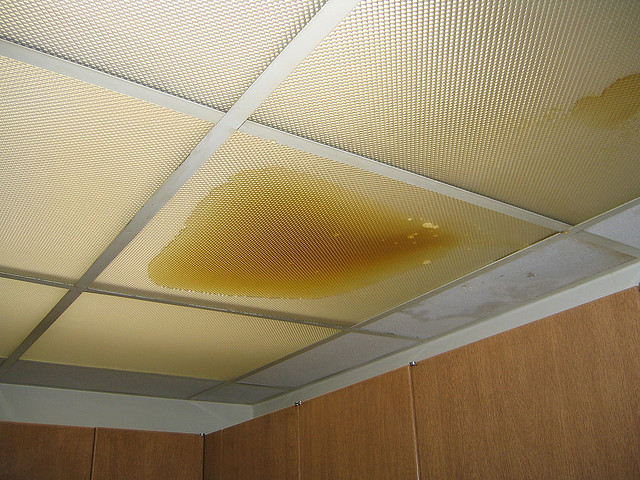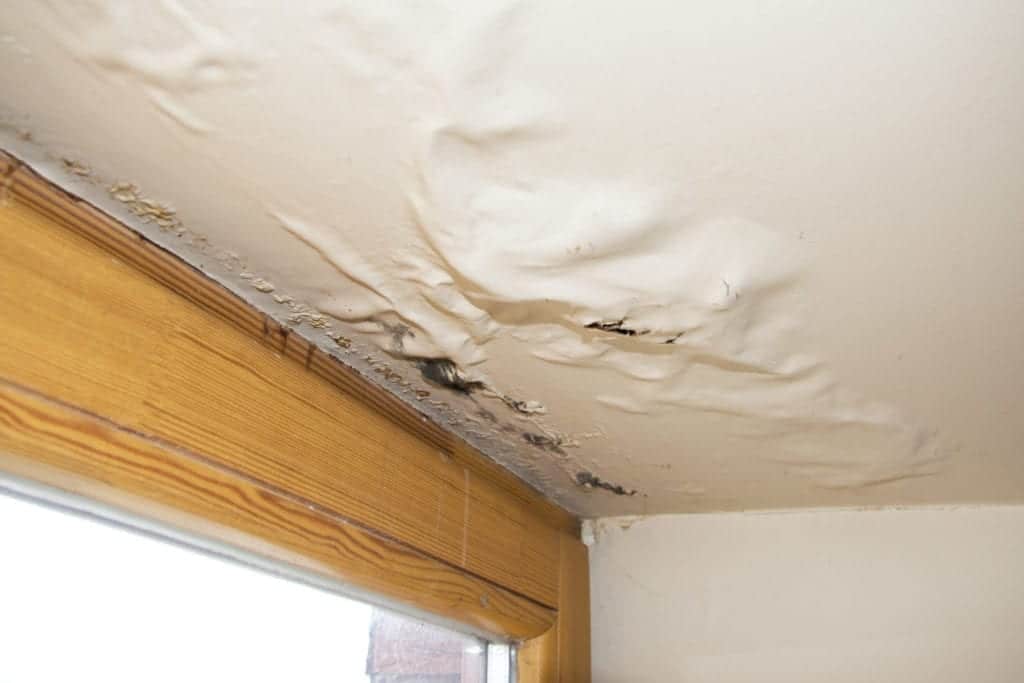Six Effective Strategies for Finding Unseen Water Line Leaks
Six Effective Strategies for Finding Unseen Water Line Leaks
Blog Article
Do you find yourself searching for help concerning Detecting hidden plumbing leaks?

The moment you find a leakage, calling your plumber for repair services is the best option. Some little water leakages may not be visible. If you can not discover it with your naked eyes, below are some hacks that aid.
Early discovery of dripping water lines can mitigate a potential calamity. Apart from saving you money, it will decrease the worry as well as irritation.
Inspect Water Consumption
If you spot unexpected adjustments, regardless of your consumption being the same, it suggests that you have leakages in your plumbing system. A sudden spike in your bill suggests a fast-moving leak.
On the other hand, a consistent rise monthly, despite the very same behaviors, shows you have a slow-moving leak that's likewise gradually escalating. Call a plumber to completely check your property, particularly if you feel a warm location on your flooring with piping underneath.
Analyze the situation and also evaluate
Homeowners ought to make it a routine to check under the sink counters as well as even inside closets for any bad odor or mold growth. These 2 red flags suggest a leak so timely attention is called for. Doing routine assessments, even bi-annually, can save you from a significant trouble.
Take A Look At the Water Meter
Every house has a water meter. Checking it is a surefire manner in which assists you find leakages. For starters, shut off all the water sources. Guarantee no person will certainly flush, utilize the tap, shower, run the washing equipment or dish washer. From there, most likely to the meter as well as watch if it will certainly alter. Since nobody is utilizing it, there must be no motions. If it moves, that suggests a fast-moving leak. Similarly, if you identify no changes, wait an hour or two and inspect back again. This means you may have a sluggish leak that could also be underground.
Asses Outside Lines
Do not forget to check your outdoor water lines as well. Ought to water seep out of the connection, you have a loosened rubber gasket. One tiny leak can lose heaps of water as well as increase your water costs.
Do a Food Coloring Examination
When it comes to water intake, 30% comes from toilets. If the color in some way infiltrates your bowl during that time without flushing, there's a leak in between the storage tank and dish.
Check for stainings and weakening as the majority of pipelines and also home appliances have a life span. If you think leaking water lines in your plumbing system, don't wait for it to escalate.
The moment you find a leakage, calling your plumber for repairs is the best service. Some little water leaks may not be noticeable. Examining it is a surefire way that aids you discover leakages. One small leakage can throw away lots of water and also increase your water costs.
If you suspect leaking water lines in your plumbing system, do not wait for it to intensify.
WARNING SIGNS OF WATER LEAKAGE BEHIND THE WALL
PERSISTENT MUSTY ODORS
As water slowly drips from a leaky pipe inside the wall, flooring and sheetrock stay damp and develop an odor similar to wet cardboard. It generates a musty smell that can help you find hidden leaks.
MOLD IN UNUSUAL AREAS
Mold usually grows in wet areas like kitchens, baths and laundry rooms. If you spot the stuff on walls or baseboards in other rooms of the house, it’s a good indicator of undetected water leaks.
STAINS THAT GROW
When mold thrives around a leaky pipe, it sometimes takes hold on the inside surface of the affected wall. A growing stain on otherwise clean sheetrock is often your sign of a hidden plumbing problem.
PEELING OR BUBBLING WALLPAPER / PAINT
This clue is easy to miss in rooms that don’t get much use. When you see wallpaper separating along seams or paint bubbling or flaking off the wall, blame sheetrock that stays wet because of an undetected leak.
BUCKLED CEILINGS AND STAINED FLOORS
If ceilings or floors in bathrooms, kitchens or laundry areas develop structural problems, don’t rule out constant damp inside the walls. Wet sheetrock can affect adjacent framing, flooring and ceilings.
https://www.servicemasterbyzaba.com/blog/how-to-detect-water-leakage-in-walls/

As a serious person who reads on Finding hidden leaks, I was thinking sharing that excerpt was really helpful. So long as you enjoyed reading our blog post if you please do not forget to pass it around. Thanks a lot for going through it.
Call now! Report this page